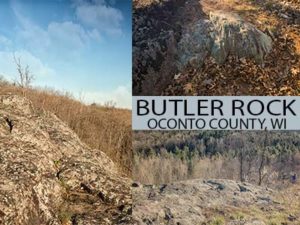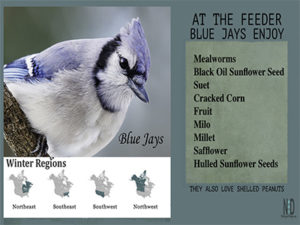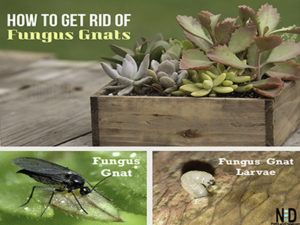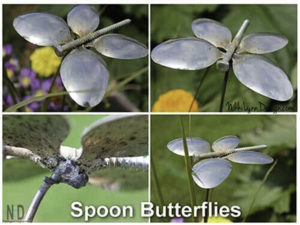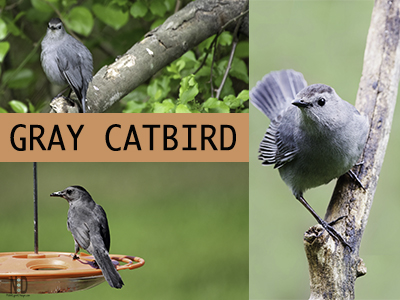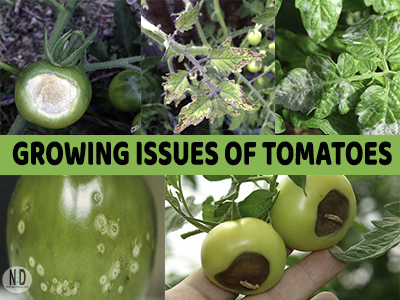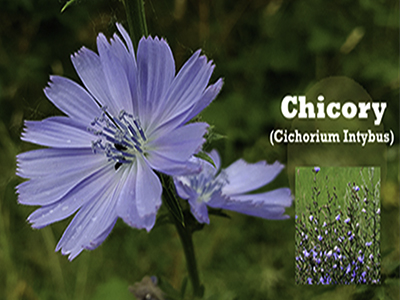Foraging for common elderberry (Sambucus nigra), also known as black elderberry, is a rewarding way to connect with nature and enjoy its edible bounty. Elderberries and their flowers are prized for culinary uses like syrups, jams, teas, and wines, but foraging requires careful identification and preparation to ensure safety. In this guide, we’ll cover everything you need to know about foraging common elderberry, including identification tips, harvesting techniques, safety precautions, and practical uses. Whether you’re a seasoned forager or a beginner, this post will help you confidently find and use elderberries.
Home / All Posts / Foraging / Recipes / Art

Why Forage for Common Elderberry?
Elderberries are packed with flavor and potential health benefits, often used in elderberry syrup for immune support or transformed into delicious jams and wines. The creamy-white flowers are equally versatile, perfect for teas or fritters. However, not all parts of the elderberry plant are safe to eat, so proper knowledge is key. By learning to identify and harvest edible elderberries, you can enjoy these wild treats while avoiding risks.
“No home should be without its elder—flower in spring, berry in fall, healer through all.”
— Herbal proverb, Europe
Identifying Common Elderberry (Sambucus nigra)
Accurate identification is critical when foraging for common elderberry. Here’s how to spot it:
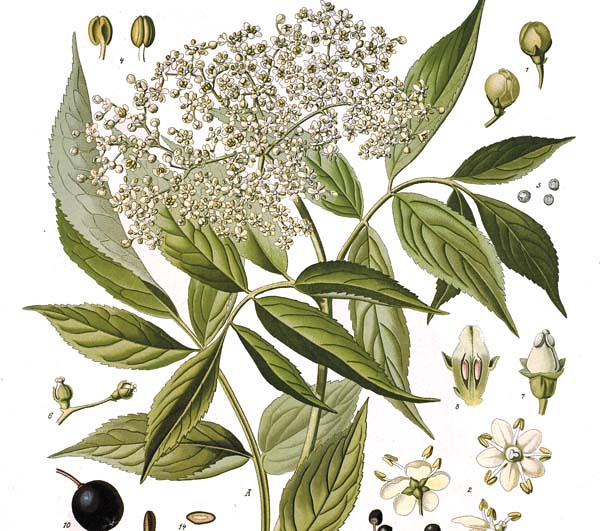
Available As a Vintage Illustration or a Digital Download
• Plant Structure: Elderberry grows as a shrub or small tree, typically 5–12 feet tall.
• Leaves: Look for compound leaves with 5–7 serrated, lance-shaped leaflets arranged opposite each other on the stem.
• Flowers: In late spring to early summer, elderberry produces clusters of small, creamy-white flowers in flat-topped or slightly rounded umbels.
• Berries: By late summer to early fall, the plant bears small, dark purple or black berries in clusters. Unripe berries are green or red and toxic—avoid them.

• Habitat: Elderberries thrive in temperate regions, often in moist, fertile soils along woodland edges, fields, roadsides, or near streams. They prefer partial sun to shade common in North America, Europe, and parts of Asia.
“Where elder grows, good health flows.”
— Folk saying
Watch Out for Look-Alikes
Some plants resemble elderberry but are dangerous:
Red Elderberry (Sambucus racemosa):
This shrub bears bright red berries, which are generally toxic, especially raw. The fruit of this shrub will be bright red when the common elderberry is just flowering, and the berries will never turn dark purple, almost black, as the common elderberry will.
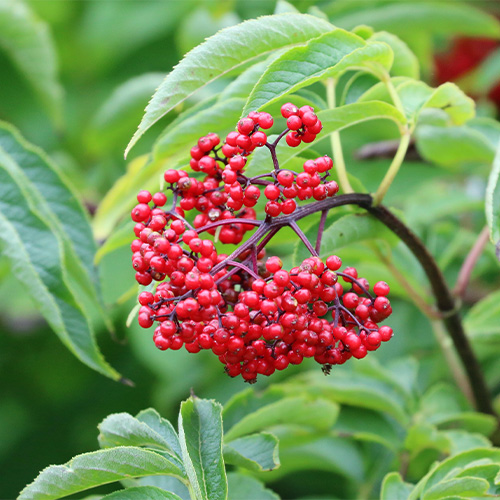
Photo credit: “Sambucus racemosa Red Elderberry” by David A. Hofmann is licensed under CC BY-NC-ND 2.0
“Red elder—first to flower, first to warn.”
— Naturalist reflection on its early bloom and cautionary nature
Pokeweed (Phytolacca americana):
Has single berries on upright spikes, unlike elderberry’s clustered berries.
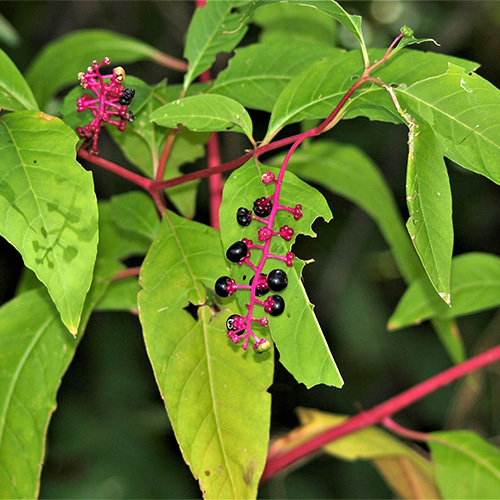
“Pokeberry ink wrote letters never meant to last.”
— Historical reference to its use in homemade ink during the Civil War
Spotted Water Hemlock (Cicuta spp.):
Water hemlock is often called the most deadly plant in North America. All parts of this plant are highly toxic to people and animals. Ingestion may cause abdominal pain, convulsions, delirium, nausea, seizures, and vomiting, often resulting in death. This plant typically measures three to six feet tall and has stems that are smooth and hollow. Stems may vary in color and pattern, from solid green or purple to green with purple spots or stripes.
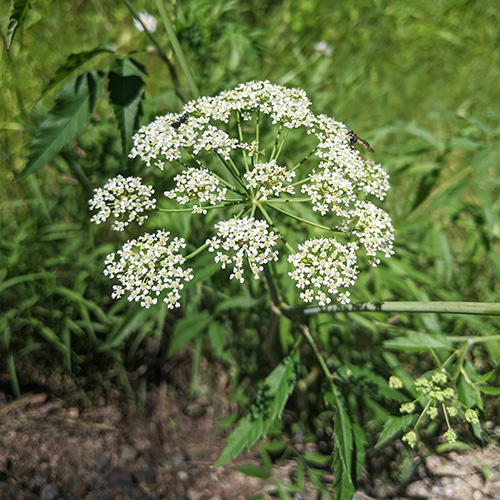
If you’re unsure, consult a field guide or a local foraging expert. Apps like iNaturalist can assist, but always verify with a professional. There is also suggestions at the end of this post.
“Socrates drank the cup—one drop from the root would have done.”
— Modern nod to the lethal power of the hemlock family
When and How to Harvest Elderberry
Timing and technique are crucial for safe elderberry harvesting:
Timing
• Flowers: Harvest in late spring to early summer when flowers are fully open but not browning. Snip entire flower clusters. Remember, if you pluck the flowers, there will be no berries 🙂
• Berries: Collect in late summer to early fall when berries are fully ripe (dark purple or black, soft, and shiny). Unripe green or red berries are toxic and must be avoided.
Harvesting Tips
• Tools: Use clean, sharp scissors or pruners to cut flower heads or berry clusters. Bring a basket or breathable bag to avoid crushing berries.
• Gloves: Wear gloves if handling large quantities, as stems and leaves can irritate skin.
• Sorting: Remove any unripe (green/red) berries from clusters before processing, as they’re toxic.
Sustainable Foraging
• Check local regulations, as foraging may be restricted on public or protected lands.
• Harvest only what you need to leave some for wildlife and ensure the plant’s regeneration.
Safety Precautions for Foraging Elderberry
While common elderberry has edible parts, it requires caution:
Edible Parts:
• Ripe Berries: Safe when fully ripened (dark purple/black) and cooked. Raw berries contain cyanogenic glycosides, which can cause nausea, vomiting, or diarrhea. Cooking neutralizes these compounds.
• Flowers: Safe raw or cooked, often used in teas, syrups, or fritters.
• Toxic Parts: Leaves, stems, roots, and unripe berries are toxic and should not be consumed.
• Cooking Requirement: Always cook ripe berries before eating (e.g., for jams, syrups, or wine).
• Allergies: Test small amounts of cooked berries or flowers first to ensure you don’t have a reaction.
If you’re new to foraging, consider joining a local foraging group or consulting a botanist to confirm identification.
How to Use Elderberries and Flowers
Once harvested, elderberries and their flowers can be transformed into delicious creations:
Flowers:
• Rinse gently and dry. Use for elderberry flower tea, syrups, or fritters.
• Remove stems before use, as they’re toxic.
Buy elderberry flowers on Amazon
Berries:
• Remove all unripe berries, wash, remove from stems, and cook. Popular uses include elderberry syrup (for immune support), jams, jellies, or wine.
• Cooking is essential to make berries safe and palatable.
Buy dried elderberries on Amazon
Storage:
• Refrigerate fresh berries for a few days or freeze for longer storage.
• Dry flowers for later use in teas or recipes.
Final Tips for Foraging Success
• Use Reliable Resources: Carry a field guide or use apps like iNaturalist, but always cross-check with experts.
• Start Small: If you’re new, forage with an experienced guide or take a foraging workshop.
• Respect Nature: Follow sustainable practices and local laws to protect ecosystems.
• Stay Safe: If in doubt about a plant’s identity, don’t consume it.
Conclusion
Foraging for common elderberry (Sambucus nigra) is a fantastic way to enjoy nature’s bounty, but it requires knowledge and care. By mastering identification, harvesting safely, and preparing elderberries correctly, you can unlock their culinary and potential health benefits. Whether you’re sipping elderberry tea or crafting homemade syrup, this wild edible offers endless possibilities. Happy foraging, and stay safe!
Have questions about foraging elderberry in your area? Drop a comment below or share your favorite elderberry recipes!
Field Guides
🌽 Midwest
📘 Wildflowers of the Midwest by Michael Homoya (Timber Press Field Guide)
- Covers: Illinois, Indiana, Iowa, Michigan, Minnesota, Missouri, Ohio, Wisconsin
- Features: 1,200+ photographs, seasonal blooming charts, and habitat details.
🌲 Pacific Northwest
📘 Plants of the Pacific Northwest Coast by Jim Pojar and Andy MacKinnon
- Covers: Oregon, Washington, British Columbia, and southern Alaska
- Known as the go-to guide—rich in detail, ecology, and uses of each plant.
🌵 Southwest
📘 Southwest Foraging by John Slattery
- Covers: Arizona, New Mexico, parts of Nevada, Texas, and southern California
- Focuses on edible plants but includes ID details and habitat clues for natives.
🌴 Southeast
- Covers: Kentucky, Tennessee, parts of Alabama, Georgia, North Carolina, and Virginia
- Very detailed with excellent photos and plant family groupings.
🌾 Great Plains
📘 Field Guide to Wildflowers of Nebraska and the Great Plains by Jon Farrar
- Covers: Nebraska, Kansas, Dakotas, and parts of surrounding states
- Highlights prairie and plains-specific species with full-color photography.
🏞️ Northeast
- Covers: New England, New York, Pennsylvania, and the Great Lakes
- A classic, with easy-to-use keys and broad plant coverage.
This post contains affiliate links that may earn me a small commission when you purchase from them—>at no additional cost to you. Thank you for supporting this site!


